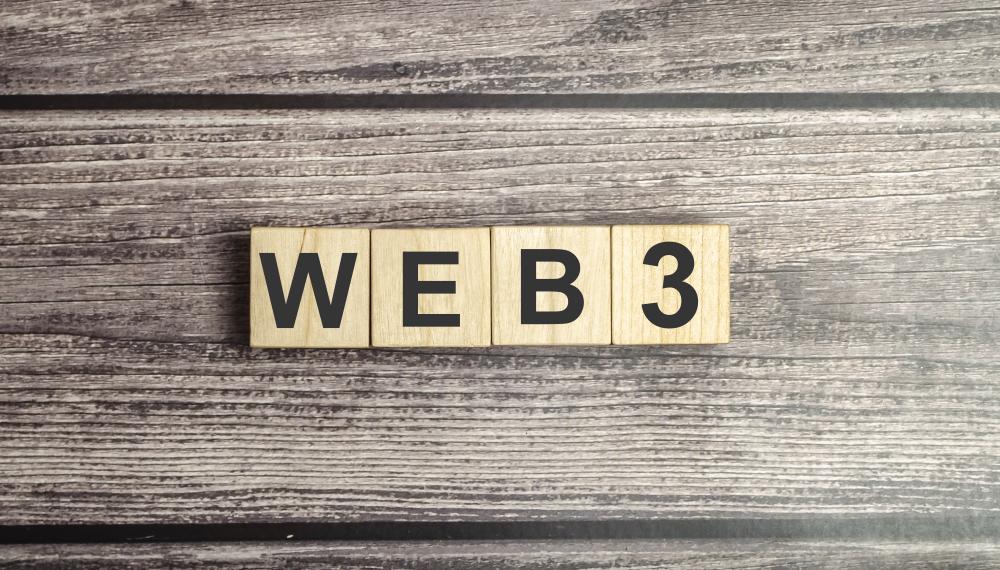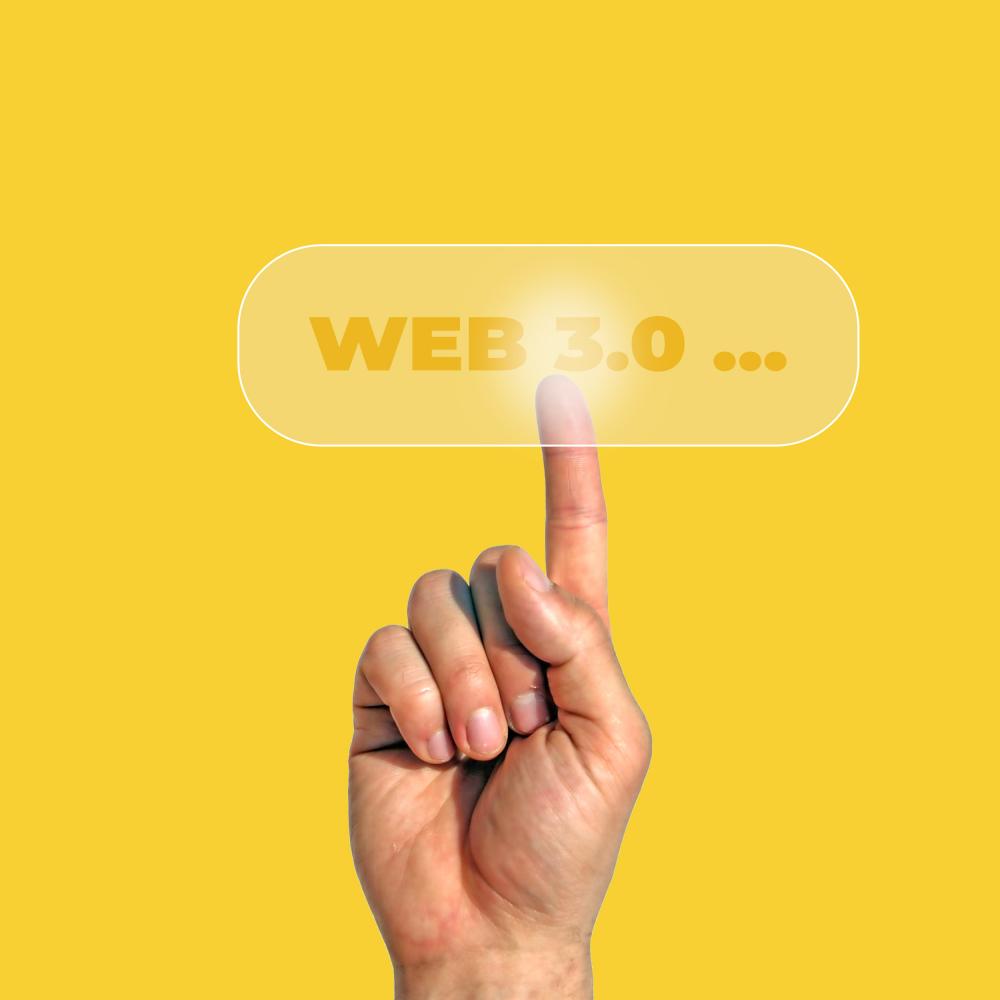
Emerging Trends in Web3 Communication Platforms
Web3 Communication Platform is not just a buzzword; it’s the next evolutionary step in how we interact digitally. With decentralization at its core, it promises robust security and unparalleled privacy. Unlike traditional communication systems, Web3 platforms leverage blockchain technology to create a more user-centric, censorship-resistant environment. Imagine a world where your messages are encrypted, your data ownership is uncompromised, and your digital identity is protected.
Besides privacy, interoperability is a fundamental feature of Web3 Communication Platform. These platforms not only enable seamless interaction across multiple blockchain networks but also facilitate communication between various decentralized applications (dApps). This level of integration helps in building a unified digital communication experience. Users can effortlessly engage with different services without the hassle of switching between multiple platforms.
Personal Experiences Using Web3 Communication Services Platforms
As someone who has transitioned from using traditional communication tools to Web3 Communication Platforms, the transformation is nothing short of revolutionary. Initially, the decentralized nature seemed complex, but the enhanced security and privacy offered were undeniable perks. An acquaintance who faced issues with data breaches found solace in these platforms, remarking on how empowering it feels to have full control over one’s data.
In another instance, a colleague in the tech industry shared how using a Web3 Communication Platform allowed for smoother operations across different blockchain projects. This was particularly useful in coordinating cross-chain initiatives, making communication across diverse teams more efficient.
These anecdotal instances reflect a common sentiment among users – the transition may seem daunting initially, but the long-term benefits far outweigh the learning curve. The rise of these platforms signals a shift towards a more accountable and user-friendly digital ecosystem.
For businesses, adopting a Web3 Communication Platform can also lead to cost savings by reducing the reliance on expensive centralized services. The flexibility and customization options available on these platforms further enhance their appeal to both individual and corporate users.
The Future of Web3 Communication Platforms
The future looks promising for Web3 Communication Platforms as they continue to gain traction. With constant technological advancements, new features and functionalities are being developed to enhance user experience. The integration of artificial intelligence with Web3 could potentially automate many user interactions, offering even more seamless communication experiences.
Another exciting development is the potential for Web3 platforms to incorporate social features, thereby creating a hybrid space for communication and community building. By harnessing the power of decentralized networks, users can form communities that are both secure and vibrant, free from external interference.
Moreover, we are likely to see a surge in decentralized finance (DeFi) applications integrating with Web3 Communication Platforms, transforming them into full-fledged financial ecosystems. This integration could lead to innovative financial communication solutions, offering users new ways to interact with their finances securely.
Embracing the potential of Web3 Communication Platforms not only empowers users but also paves the way for a digital future that is more secure, open, and collaborative. As more people become aware of these platforms, the digital communication landscape is expected to undergo a significant transformation.
Innovative Solutions in Web3 Communication
The Web3 Communication Platform landscape is brimming with innovative solutions that aim to redefine digital communication. Some platforms are pioneering decentralized governance, allowing users to have a say in how the platforms evolve. This democratization ensures that the platforms align with the needs and desires of their user communities.
Another innovative approach is the integration of non-fungible tokens (NFTs) in communication platforms, which can be used to verify identity or ownership of digital assets. This creates an additional layer of security while enhancing user engagement through unique digital experiences.
Moreover, some platforms are offering token-based incentives to encourage user participation and engagement. By rewarding users with tokens, these platforms foster active and vibrant communities, further optimizing user experience and retention.
- Enhanced privacy settings and data security features.
- Cross-chain communication capabilities.
- User empowerment through decentralized governance.
- Token-based reward systems to incentivize user interaction.
The ongoing innovations and experiments in Web3 Communication Platforms showcase the immense potential these platforms hold for the future of digital interaction. As they continue to evolve, they promise to reshape how we communicate in ways that were previously unimaginable.

Redefining Web3 Communication Tools
In the rapidly evolving landscape of digital technologies, Web3 Communication Tools are paving the way for a decentralized future. With traditional communication platforms often plagued by issues of censorship and privacy concerns, the rise of Web3 offers a promising alternative. These tools provide decentralized and secure methods of communication, allowing users to engage peer-to-peer without centralized oversight. Such technologies cater to diverse needs, from encrypted messaging to decentralized email services.
One unique aspect of Web3 Communication Tools is their ability to integrate blockchain technology, offering not only security but also transparency. This integration ensures that data remains tamper-proof and verifiable, fostering a high level of trust among users. Furthermore, the adaptable nature of these tools supports cross-platform functionality, making them accessible across various Web3 ecosystems. These innovations not only enhance user experience but also empower individuals by returning control over their digital interactions.
Integrating Decentralized Technologies
Web3 Communication Tools are more than just secure channels; they’re gateways to a new internet era. As these tools continue to evolve, they are becoming more integrated with other decentralized technologies such as smart contracts and decentralized finance (DeFi). This synergy creates an environment where communication is not only secure but also intrinsically linked to wider blockchain functionalities. This innovative integration paves the way for features like automated messaging triggered by smart contract events.
Furthermore, the integration of decentralized identities within Web3 Communication Tools enhances user security by providing authentication methods that are inherently more secure than traditional systems. These decentralized identifiers (DIDs) ensure that users can communicate with confidence that their identities and messages are protected from unauthorized access. This seamless integration of technologies represents a major leap forward in the way digital communication is managed.
The versatility of these tools reflects the diverse needs of modern users, from secure professional communication to private personal interactions. As Web3 technologies continue to develop, we can expect these tools to evolve, offering even more integration with other emerging technologies such as decentralized autonomous organizations (DAOs) and non-fungible tokens (NFTs).
Embracing the Future of Communication
As the digital landscape shifts, adopting Web3 Communication Tools allows individuals and businesses to stay ahead of the curve. These tools not only protect user data from privacy breaches but also offer unparalleled flexibility in building and maintaining online networks. Utilizing decentralized protocols, these tools minimize the risk of censorship, offering a safeguard against potential restrictions imposed by centralized authorities.
Incorporating Web3 Communication Tools into daily operations can revolutionize how businesses interact with clients and partners. By providing secure lines of communication, companies can ensure confidentiality in sensitive transactions, thus building trust and fostering stronger relationships. The decentralized nature of these tools enables organizations to operate across borders without the limitations of conventional communication systems.
- Secure and private messaging
- Integration with blockchain for enhanced trust and transparency
- Decentralized identity verification
Adopting these tools is not just about enhancing communication; it’s about embracing a new digital ethos that prioritizes user empowerment and data sovereignty. As more people turn to these innovative solutions, they align themselves with a movement that seeks to redefine the internet as we know it, pushing the boundaries of what is possible in digital communication.

What is Web3 communication?
Web3 communication represents a paradigm shift in how we interact in the digital landscape. Unlike traditional platforms, Web3 communication relies on decentralization, primarily utilizing blockchain technology to enhance security and privacy. Imagine sending a message where the content is encrypted, ownership is protected, and your identity remains safeguarded against breaches. At #HashtagSpace, we see Web3 communication as an opportunity to decentralize and empower users. It allows people to communicate without centralized oversight, fostering true freedom and control over one’s digital interactions. Have you considered the potential impact of such platforms on your current communication methods?
What is the Web3 platform?
A Web3 platform is essentially the infrastructure that supports decentralized applications (dApps), using blockchain technology to ensure that interactions are secure and peer-to-peer. At #HashtagSpace, we believe that Web3 platforms are not just about technology–they’re about revolutionizing how individuals and businesses engage online. Our platform, for instance, offers decentralized #email, video streaming, and domain services, providing users with control over their digital presence. Picture yourself surfing the internet anonymously, leveraging blockchain domains for your website, and engaging in secure communication without the traditional barriers. How do you think decentralization can impact the services you currently use?
What is the best Web3 platform?
The best Web3 platform can be subjective, depending on user needs and preferences. However, a top-notch platform should offer privacy, security, user empowerment, and interoperability among blockchain networks. #HashtagSpace differentiates itself by integrating these qualities with a focus on user-centric features, such as custom #hashtags for digital identity and marketing. With our platform, you not only get a secure and decentralized experience but also robust tools to enhance your online presence. Imagine a world where you control your digital interactions and monetize your content effectively. What features do you find most appealing in a Web3 platform, and why?
What is the Web3 social media platform?
Web3 social media platforms are emerging as innovative alternatives to traditional centralized networks, emphasizing privacy, user control, and censorship resistance. These platforms leverage blockchain to ensure data ownership and transparency. At #HashtagSpace, we envisage these platforms as a haven for free expression, where users participate in decentralized networks without the fear of data exploitation. Imagine a social media landscape where each interaction is secure and users can even earn rewards through engagement. Could this redefine how you interact on social platforms, and what implications might it have for content creators?
How can Web3 communication tools benefit businesses?
Web3 communication tools offer businesses enhanced security, reduced reliance on centralized services, and innovative ways to interact with clients and stakeholders. By integrating decentralized technologies, companies can establish secure communication channels that foster trust and confidentiality. At #HashtagSpace, we provide businesses with tools like decentralized #email and streaming services, allowing for seamless and secure operations. Imagine conducting cross-border business without the usual communication hurdles. With secure, blockchain-based tools, businesses are better equipped to handle sensitive transactions and build stronger client relationships. What aspects of Web3 communication do you think could revolutionize your current business practices?
Resources
- U.S. Securities and Exchange Commission – The official website of the U.S. Securities and Exchange Commission providing information on regulations and guidelines related to securities and investments.
- World Wide Web Consortium (W3C) – The website of the World Wide Web Consortium, an international community that develops standards to ensure the long-term growth of the Web.
- Brookings Institution – A nonprofit public policy organization focused on conducting in-depth research to provide innovative and practical policy recommendations.
- Harvard University – The official website of Harvard University, a renowned educational institution offering a range of academic programs and research opportunities.
